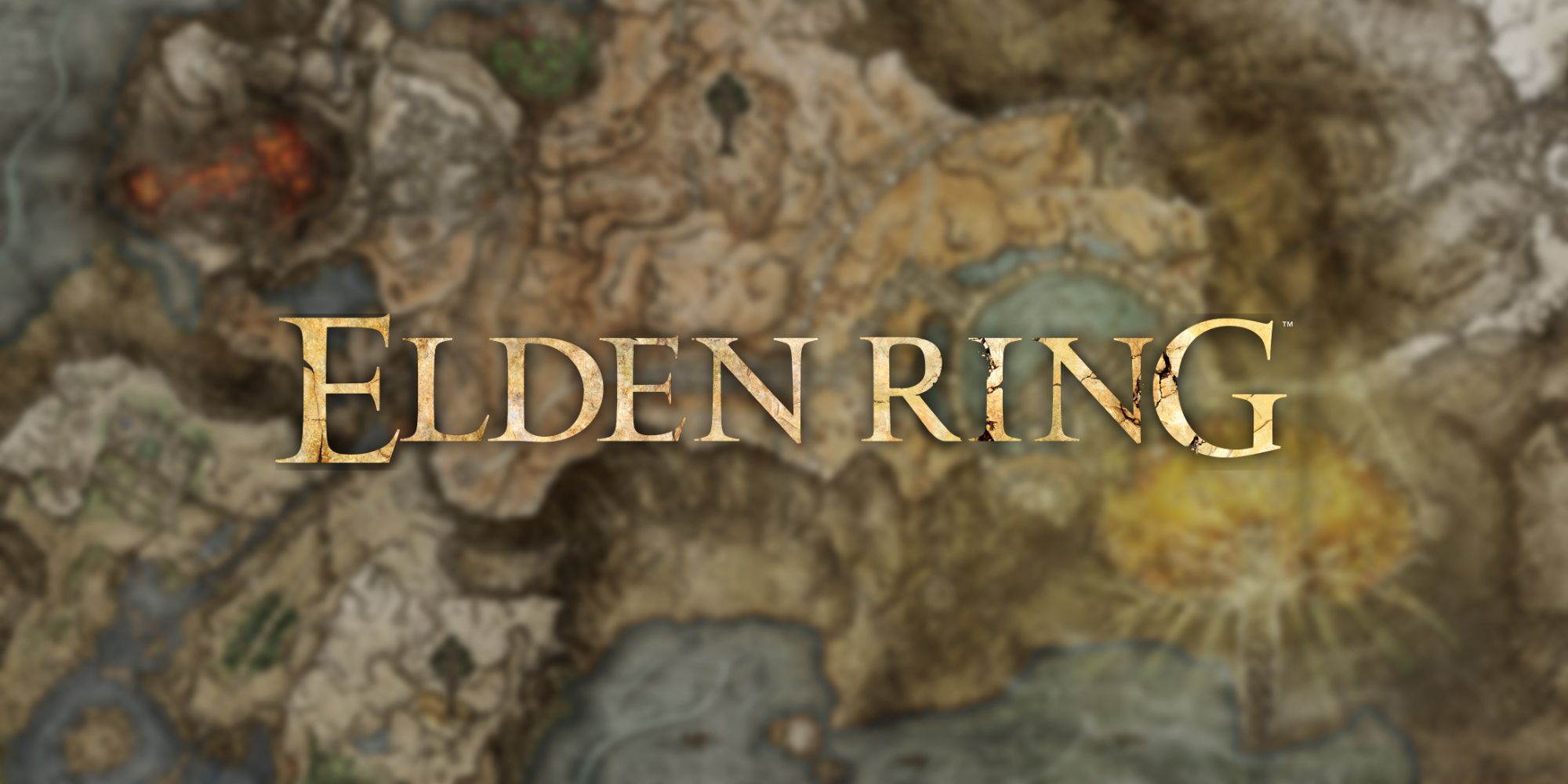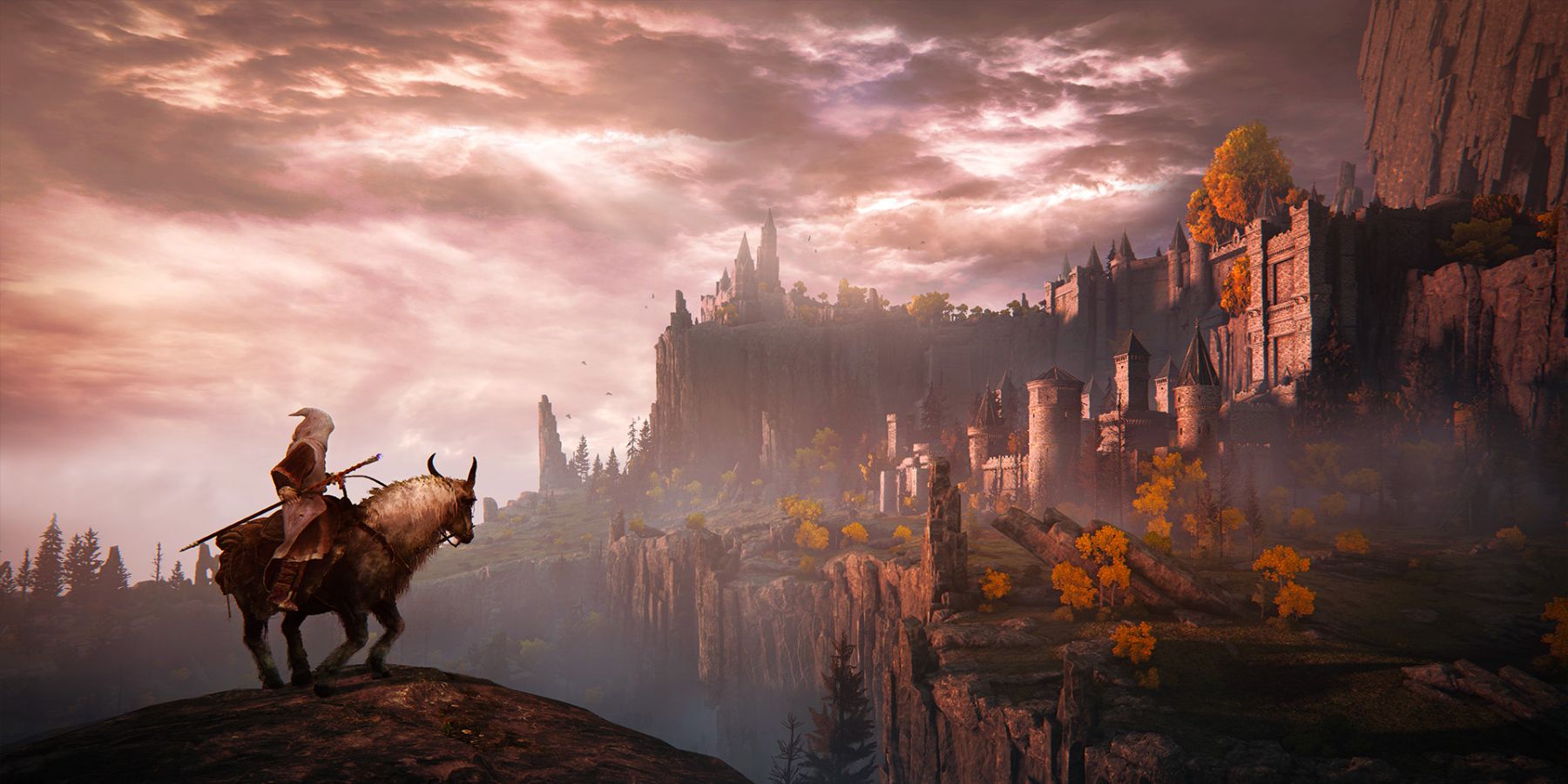Much ado has been made about Elden Ring's lack of map markers in comparison to other open world games since its release. Although some players are having a hard time adjusting to the rather directionless experience, this map is far more functional than the one from Sekiro: Shadows Die Twice, which was practically useless except for giving the player an idea of how the world is arranged at large. Elden Ring has been celebrated for its emergent exploration, and its diegetic map is a major part of why it works so well, but the game deftly walks a very thin line to make sure players don't lean on their map.
The recent 1.03 patch for Elden Ring added some new functionality for the map, but it's still a supplementary feature to navigating the game world through seeing landmarks. Closely studying the map will actually reveal a lot of what may be found in the Lands Between; ruins, churches, tunnels, and other recurring locations can often be discerned in the stylized world map. Dropping a bunch of beacons for places to explore later quickly clutters the compass, though, and with it being so easy to get side-tracked in Elden Ring, the placed markers are easily forgotten about as new things to explore are spotted.
The map's limited functionality, missing pieces, and consistent aesthetic make it just another tool for the player to use. In contrast to other games, there isn't much meta-game knowledge on display, just Sites of Grace and the names of certain locations already visited. Elden Ring can be enjoyed without taking notes or filling the map with an assortment of custom markers, but players hoping to explore all of the secrets in the Lands Between will likely put the map through its paces.
It's Easy To Take Elden Ring's Map For Granted
When entering a new region, most Elden Ring players will likely try to retrieve the map piece relatively quickly. Having a general understanding of the geography is a huge help in a game that can be oppressive in its atmosphere, and it's pretty easy to guess where the nearest Site of Grace might be. Elden Ring does sometimes remind the player that the map - in spite of its comparatively limited usefulness - is a luxury by highlighting its worth through its temporary absence. A common occurrence for players early in the game is to open a chest in the Dragon-Burnt Ruins and unwittingly get teleported to Caelid, Elden Ring's nightmarish, Scarlet Rot-covered region to Limgrave's northeast. Suddenly being dropped into a cave in an unknown and unmapped region is terrifying, but teaches players to not rely on their map for navigation.
A similar experience is had when trying to reach Volcano Manor atop Mt. Gelmir. Unlike the regions explored earlier, Mt. Gelmir's map fragment is not easily accessible (unless Rya brought the player directly to Volcano Manor), and with the path constantly twisting its way up toward the peak, it's almost impossible to figure out what altitude the map fragment icon is at. Players are bereft of their helpful map, but the game world is designed with enough notable landmarks that it's possible to get a good idea of Mt. Gelmir's layout even without the bird's-eye view. Thorough exploration in Elden Ring requires consulting the map, but the gameplay doesn't miss a step when the map is taken away.


